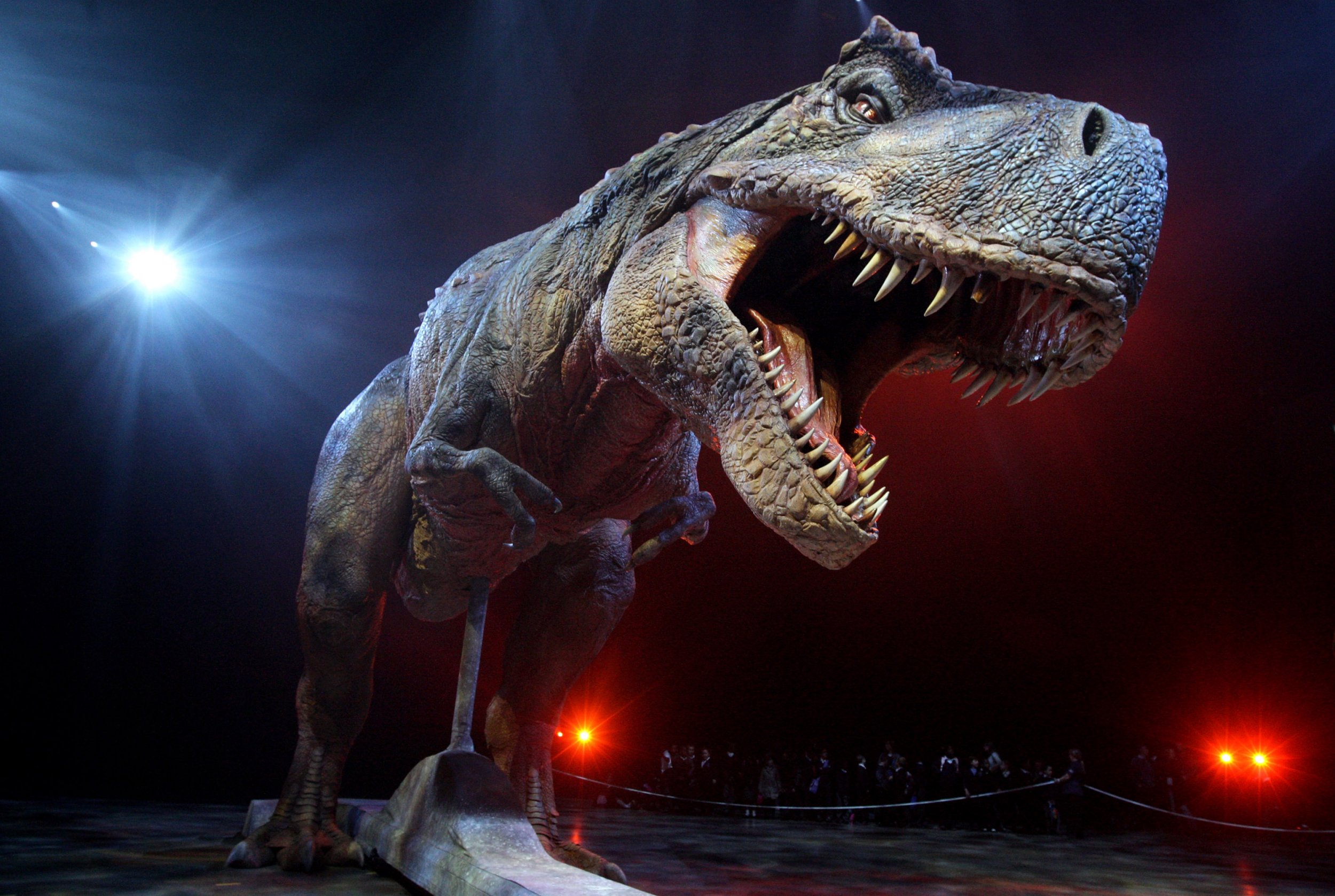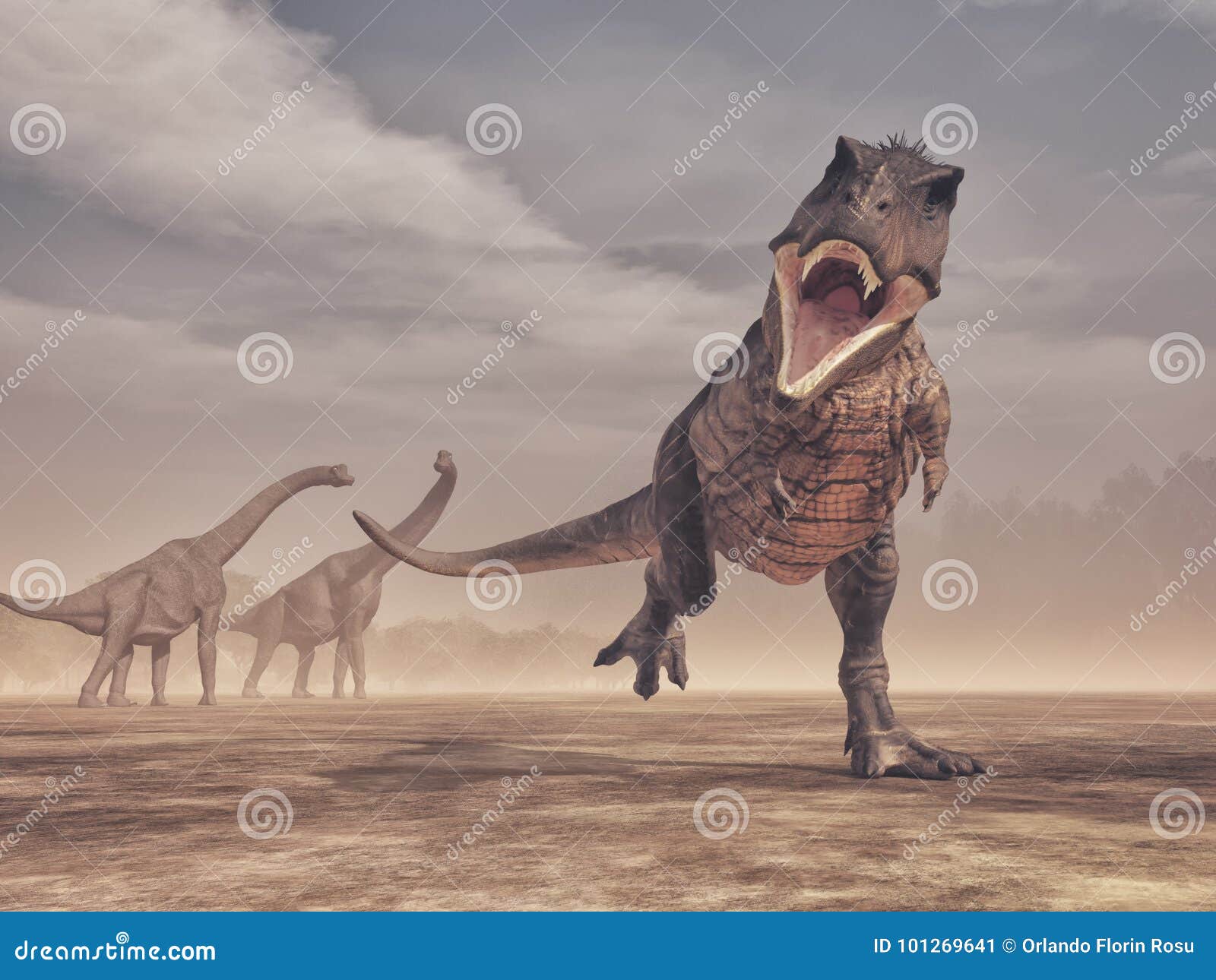

TREX DINOSAUR MOVIE
They could only walk briskly at up to 12 miles an hour-likely not fast enough to chase a speeding Jeep, as depicted in the movie Jurassic Park. rex’s arms may have been adapted for “ vicious slashing” at close quarters, given their ability to inflict deep wounds with four-inch claws.Īnd while they had strong thighs, these dinosaurs were not speedy. Some believe the animal’s arms were an evolutionary leftover-like the pelvic bones of a snake-or served non-predatory purposes like helping it grip a mate. This dinosaur had unexpectedly puny arms, and the function of these little limbs is a source of debate among scientists. Not everything about Tyrannosaurus rex was fierce, however. rex find mates and detect other predators. This powerful snout also likely helped T. rex had almost as many genes encoding its olfactory receptors as a house cat does today. While scientists have known for a while that this dinosaur devoted large portions of its brain to processing smell, studies have recently revealed that T. Tyrannosaurus rex was also adept at finding its prey thanks to a keen sense of smell. To keep itself from overheating while crushing prey with its mighty jaws, the giant animal had vents in its head to help its brain stay cool, similar to those found in alligators. This dinosaur used its 60 serrated teeth, each about eight inches long, to pierce and grip flesh, throwing prey into the air and swallowing it whole. This fierce carnivore was optimally built for crunching through its meals, with a stiff skull that allowed it to channel all the force of its muscles into one bite- delivering up to six tons of pressure. These dinosaurs likely preyed on living animals and scavenged carcasses-and sometimes they even ate one another. rex stomped headfirst across its territory on two strong legs. This dinosaur’s muscular body stretched as long as 40 feet-about the size of a school bus-from its snout to the tip of its powerful tail. Tyrannosaurus rex, whose name means “ king of the tyrant lizards,” was built to rule. Improved technologies, such as biomechanical modeling and x-ray imaging, have allowed scientists to gain a deeper understanding of how this apex predator lived. rex is a household name, what we know about this tyrannosaur is constantly evolving. With a massive body, sharp teeth, and jaws so powerful they could crush a car, this famous carnivore dominated the forested river valleys in western North America during the late Cretaceous period, 68 million years ago.Īlthough T. Given its size, Chiappe says, the dino-headed bird would have most likely been a petite hunter, taking down the likes of beetles, grasshoppers and the occasional lizard rather than terrorizing the skies.Tyrannosaurus rex was one of the most ferocious predators to ever walk the Earth. Cratonavis might have used this impressive digit to hunt like today’s birds of prey, Li’s team says.įilling those shoes may have been too big of a job for Cratonavis, though. And that hefty big toe? It bucks the trend of shrinking metatarsals seen as birds continued to evolve. Rarely seen in Cretaceous birds, enlarged shoulder blades might have compensated for the bird’s otherwise underwhelming flight mechanics, the researchers say. But the new find “builds on our understanding of this primitive group of birds that are at the base of the tree of birds.”Ĭratonavis also had an unusually elongated scapula and hallux, or backward-facing toe.

Its dino-bird mishmash “is not unexpected.” Most birds discovered from the Age of Dinosaurs exhibited more primitive, toothed heads than today’s birds, he says. It’s among just a handful of specimens that belong to a recently identified group of intermediate birds known as the jinguofortisids, says Luis Chiappe, a paleontologist at the Natural History Museum of Los Angeles County who was not involved in the study. The scans revealed that the creature had a theropod’s head and a bird’s body. Researchers used CT scans to digitally reconstruct the flattened Cratonavis specimen (shown). This means that Cratonavis still hadn’t evolved the mobile upper jaw found in modern birds ( SN: 5/2/18). CT scans revealed that Cratonavis had a skull that was nearly identical (albeit smaller) as those of theropod dinosaurs like Tyrannosaurus rex, paleontologist Li Zhiheng of the Chinese Academy of Sciences in Beijing and colleagues report.

The flattened specimen came from the Jiufotang Formation, an ancient body of rock in northeastern China that is a hotbed for preserved feathered dinosaurs and archaic birds. The dove-sized Cratonavis zhui sported a dinosaur-like head atop a body similar to those of today’s birds, researchers report in the January Nature Ecology & Evolution. A 120-million-year-old fossil bird found in China could offer some new clues about how landbound dinosaurs evolved into today’s flying birds.


 0 kommentar(er)
0 kommentar(er)
